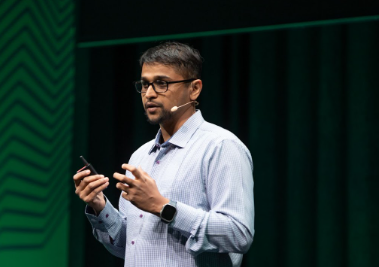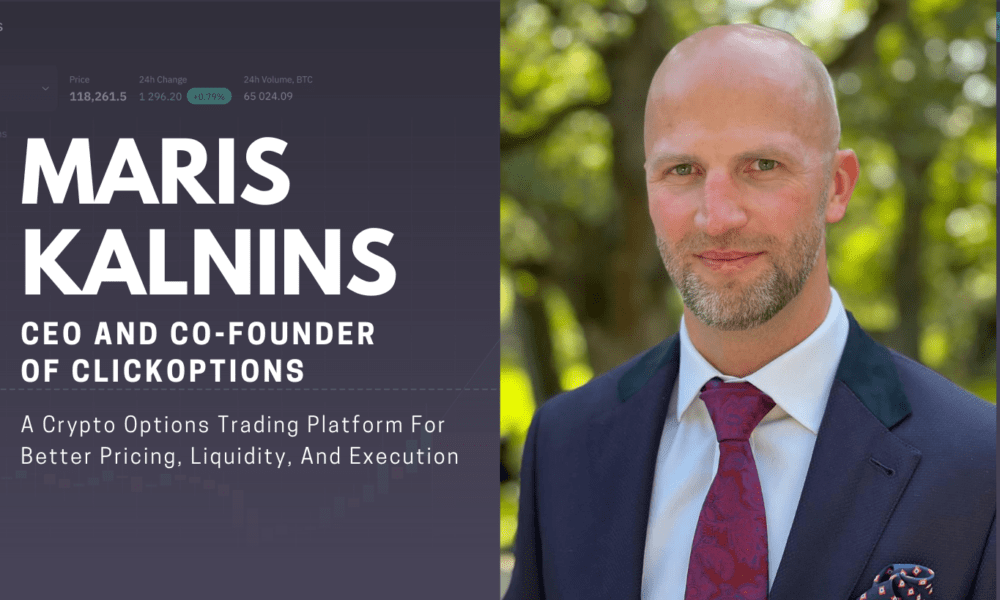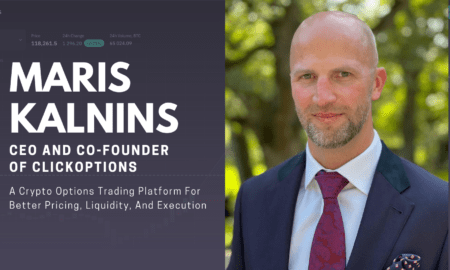What most AI failures have in common is not bad modeling, it is ungoverned access. In a global AI market projected to surpass $1.3 trillion by 2030, the invisible scaffolding, access layers, authorization stacks, and policy-bound orchestration, has become the real measure of enterprise AI maturity. While flashy demos dominate headlines, long-term value is being decided by systems built to earn trust under pressure.
Karthik Sriranga Puthraya, a senior software engineer at Netflix, is one of the few experts whose work has consistently stood at that intersection of performance and protection. “Infrastructure, when designed right, protects people from failure before it happens,” he says. His architecture-first approach has shaped how major enterprises securely scale AI, from workplace data intelligence to personalized digital experiences.
The Real Bottleneck in AI: Access, Not Accuracy
Most AI conversations orbit around speed, precision, or model architecture. But when the stakes involve millions of internal documents or petabytes of user behavior, those metrics fall flat without trust. In enterprise AI, the model is only as good as the access boundaries that keep it honest.
That logic formed the foundation of Microsoft Graph Data Connect (MGDC), a platform Karthik helped design to enable analytics on Microsoft 365 data, without violating privacy or governance constraints. The idea was to let organizations run experiments on sensitive operational data while ensuring nothing left the bounds of policy or tenant ownership.
His mandate was clear: architect an authorization stack that could scale securely. One that enforced permissioning down to the level of each dataset, query, and experiment, no shortcuts, no overrides.
With Azure Synapse Analytics and Azure Data Factory powering the backend, MGDC was more than a data pipeline. Every access request was traced. Every policy applied. The outcome was surgical control at enterprise scale, not just safe experimentation, but scalable trust.
The impact is underscored by public sector analysis as well, a recent Microsoft whitepaper on MGDC outlines how secure data access is increasingly viewed not as a constraint, but as an enabler of AI at enterprise scale.
When Architecture Starts Where Security Begins
MGDC’s value showed up not just in telemetry, but in outcomes. JLL leveraged it to model global client relationships. Infosys optimized internal workflows. And G&J PepsiCo used it to track and contain a ransomware attack, saving tens of millions in potential ransom.
Behind the scenes, the architectural overhaul led to measurable impact. The shift from a monolithic service to horizontally scaling microservices drove reliability up to 99.99%, while revamped DevOps practices introduced daily rollouts with built-in safeguards, regression testing, automated rollback, and observability by default. The result: a 20% reduction in operational costs and 80% fewer escalations, quietly redefining resilience at platform scale.
More importantly, MGDC became foundational to Office 365’s growth, helping the platform grow from $2.4B in revenue in 2018 to $4.0B in 2021. That growth was not just product-driven. It was infrastructure-enabled. “This approach is grounded in accountability, not just in who accesses data, but in how systems manage access over time” says Karthik.
This philosophy threads through Karthik’s broader role today. As a Globee Awards Judge for Technology, he evaluates innovation not by how it dazzles, but by how it endures under scrutiny. “Most systems are built to deliver. The smarter ones are built to defend” he says.
Infrastructure That Withstands Scale, and Scrutiny
As AI adoption accelerates, infrastructure must now answer to more than technical requirements, it must satisfy auditors, regulators, and risk analysts. According to IDC, AI infrastructure spending rose 97% to $47.4 billion in the first half of 2024 alone, with accelerated systems accounting for 70% of the total, a sign that secure, high-performance architectures are now a strategic imperative.
This is not theoretical. From HIPAA to GDPR to the emerging EU AI Act, enterprises now build under the watchful eyes of policy frameworks. In regulated sectors like finance and healthcare, traceability and enforcement are not feature requests, they are non-negotiables.
Long before compliance became a headline concern, architecture quietly laid the groundwork. Reusable policy templates and tenant-level isolation helped organizations scale AI without incurring governance debt. Instead of retrofitting safety, these systems embedded compliance directly into their foundation, a strategy shaped by engineers who prioritized enforcement from the start.
That principle of design-first safety continues today. As a paper reviewer at IEEE Transactions on Neural Networks and Learning Systems, Karthik evaluated research the same way he builds systems, by testing how failure is handled, not just how success is delivered. “You cannot retrofit safety into distributed systems. You have to build it in, ” he says.
In modern infrastructure, that mindset is no longer optional. It is how trust is earned, before a model even trains.
Orchestration as a Strategic Advantage
Today’s recommendation engines operate under vastly more complexity: time sensitivity, device context, multi-region delivery. But the same architectural question still applies, how do we orchestrate delivery, at scale, without compromising control?
That question forms the foundation of his scholarly paper “Efficient Orchestration of AI Workloads: Data Engineering Solutions for Distributed Cloud Computing“, which introduces a framework for orchestrating AI workloads by embedding observability and access governance directly into infrastructure design patterns. One notable concept in the paper is ‘tenant-aware pipeline enforcement, ‘ a method that ensures multi-tenant systems isolate access contexts while preserving performance, a principle Karthik has long applied in enterprise environments. The work details how tenant-aware orchestration, observability, and access enforcement must all move upstream, into design patterns, not post-deployment patches.
Orchestration, in this context, is not DevOps. It is business logic at scale. “If your AI system cannot explain where data came from, who can query it, and under what governance model, it is not ready for production” Karthik explains.
Where AI’s Future Will Be Decided
The models may get all the credit. But it is the infrastructure, the layers built to observe, contain, and correct, that decides whether AI survives contact with the real world.
From hospitals to hedge funds, what separates prototypes from platforms is not compute power, but system design. Whether through zero-trust pipelines, tenant-aware access, or orchestration logic that knows when to say “no, ” the future of AI will be built, and bought, on trust.
Speaking from his extensive experience, Karthik’s points to a core insight:
“The best AI infrastructure feels simple on the surface. That simplicity is earned, not by the model, but by the architecture that protects everything beneath it.”
In a space obsessed with speed and scale, the most valuable systems will be those built to stand still, when everything else moves too fast. That is not just infrastructure. That is integrity.



































